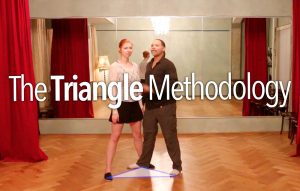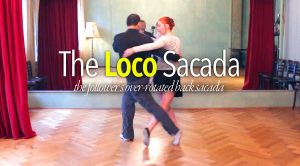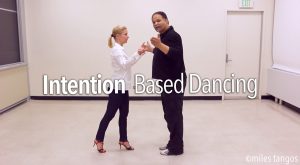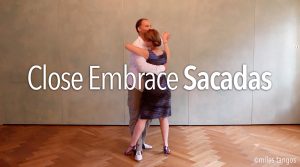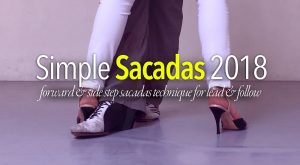
Follower Back Sacada
Realistically there are a few sources of information about this stuff, but honestly most of them are done in a performance OR are missing the requisite detail of the HOW you set up a Follower Back Sacada or more importantly the underlaying technique that is frequently not discussed at all.

